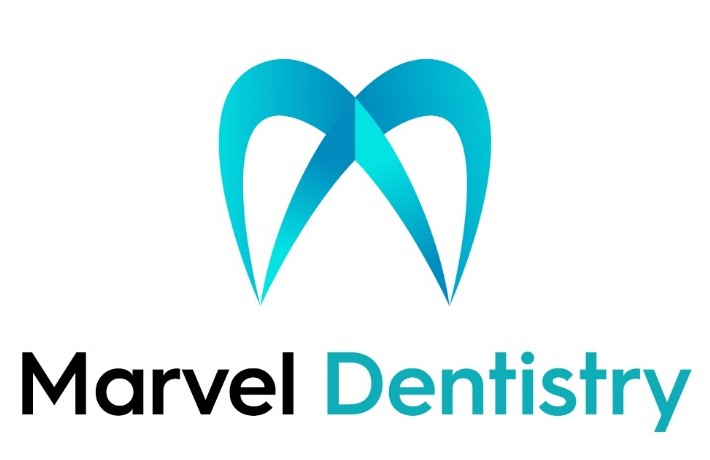+918048052850

This is your website preview.
Currently it only shows your basic business info. Start adding relevant business details such as description, images and products or services to gain your customers attention by using Boost 360 android app / iOS App / web portal.
Description
Facial fractures involving dental structures require specialized treatment to restore both function and appearance. The approach depends on the location and severity of the fractures, but typically, oral and maxillofacial surgeons are involved in the care of these injuries. Below is an overview of common types of facial fractures that may involve dental treatment, and how they are managed: 1. Fractures of the Jaw (Mandible) Types of Mandibular Fractures: Body Fractures: Occur in the main part of the lower jaw. Angle Fractures: Occur at the junction where the jaw curves. Condylar Fractures: Affect the joint where the jaw connects to the skull. Treatment Options: Closed Reduction (Conservative Management): If the fracture is not displaced (the bone hasn’t moved out of place), it can often be treated by immobilizing the jaw using elastic bands or wiring the jaw shut. This is often done when the fractures are simple or non-displaced. Open Reduction and Internal Fixation (ORIF): If the fracture is displaced (the bone has moved out of alignment), surgery is typically required. The surgeon makes an incision, repositions the bones, and uses plates and screws to stabilize the jaw during the healing process. Jaw Wiring (Intermaxillary Fixation): In some cases, the jaw is wired shut for a few weeks to keep the fractured pieces in place, preventing movement while the bone heals. Dental Considerations: Jaw fractures often involve damage to the teeth and surrounding structures. Tooth fractures may need root canal therapy or crowns, and in some cases, teeth may need to be extracted if they are severely damaged or impacted. 2. Fractures of the Cheekbones (Zygomatic Fractures) Types of Zygomatic Fractures: Zygomatic Arch Fracture: Involves the outer edge of the cheekbone. Zygomatic Body Fracture: The main part of the cheekbone is fractured. Orbital Floor Fracture: The floor of the eye socket can be affected by trauma to the cheekbone. Treatment Options: Non-Surgical Treatment: Minor fractures may not require surgery and can be managed with pain relief, rest, and ice. However, if there is minimal displacement, the bone may heal on its own. Surgical Treatment: More severe or displaced fractures are treated with open reduction and internal fixation (ORIF), using plates and screws to realign the bone. Orbital Fractures: If the fracture involves the eye socket (orbital floor fracture), additional treatment may be needed to repair the socket and prevent double vision or other visual issues. This may involve a mesh implant or bone grafting to restore the orbital floor. Dental Considerations: Cheekbone fractures often affect the alignment of the upper jaw and teeth, and treatment may involve adjusting the bite to ensure that the jaw is in proper alignment after healing. 3. Fractures of the Nose (Nasal Fractures) Types of Nasal Fractures: Simple Nasal Fracture: Breaks in the nasal bones without affecting the cartilage or soft tissue. Complex Nasal Fracture: Involves the nasal cartilage, soft tissue, or surrounding structures like the orbit. Treatment Options: Closed Reduction: A common treatment for simple nasal fractures, where the surgeon manually realigns the bones. This can often be done without incisions. Surgical Repair: If the fracture is more complicated or if there are concerns about breathing difficulties, a surgical procedure may be performed. The surgeon may reposition the bones, correct any damage to the cartilage, and stabilize the nose using splints or stitches. Rhinoplasty (Cosmetic Surgery): In some cases, especially when the fracture results in cosmetic deformity, rhinoplasty may be performed after healing to restore the appearance of the nose. Dental Considerations: While nasal fractures do not typically involve the teeth, they may affect the alignment of the jaw or cause misalignment in bite if the injury is severe enough. Additionally, trauma that causes nasal fractures may also affect the upper teeth, especially the incisors. 4. Fractures Involving the Teeth Types of Dental Fractures: Tooth Fractures: Teeth may be chipped, cracked, or broken as part of a facial fracture. The degree of damage can range from minor chips to complete tooth avulsion (when the tooth is knocked out). Tooth Displacement: Teeth can be displaced, either pushed into the bone or pushed out of place, often requiring repositioning or reimplantation. Avulsed Teeth (Knocked-Out Teeth): If a tooth is completely knocked out, prompt reimplantation is essential to increase the chances of saving the tooth. Treatment Options: Root Canal Therapy: If a tooth is fractured and the pulp (the soft tissue inside the tooth) is exposed or damaged, a root canal may be necessary to remove infected tissue and restore the tooth. Tooth Reimplantation: For avulsed (knocked-out) teeth, the tooth should be stored in a suitable medium (like milk or saline) and reimplanted as soon as possible by a dentist. Crowns, Veneers, or Fillings: For chipped or fractured teeth, dental restorations like crowns or veneers can restore function and appearance. Composite fillings may be used for smaller fractures. Tooth Extraction: In severe cases, if a tooth is too damaged, extraction may be required. A dental implant or bridge can be used to replace the missing tooth.

